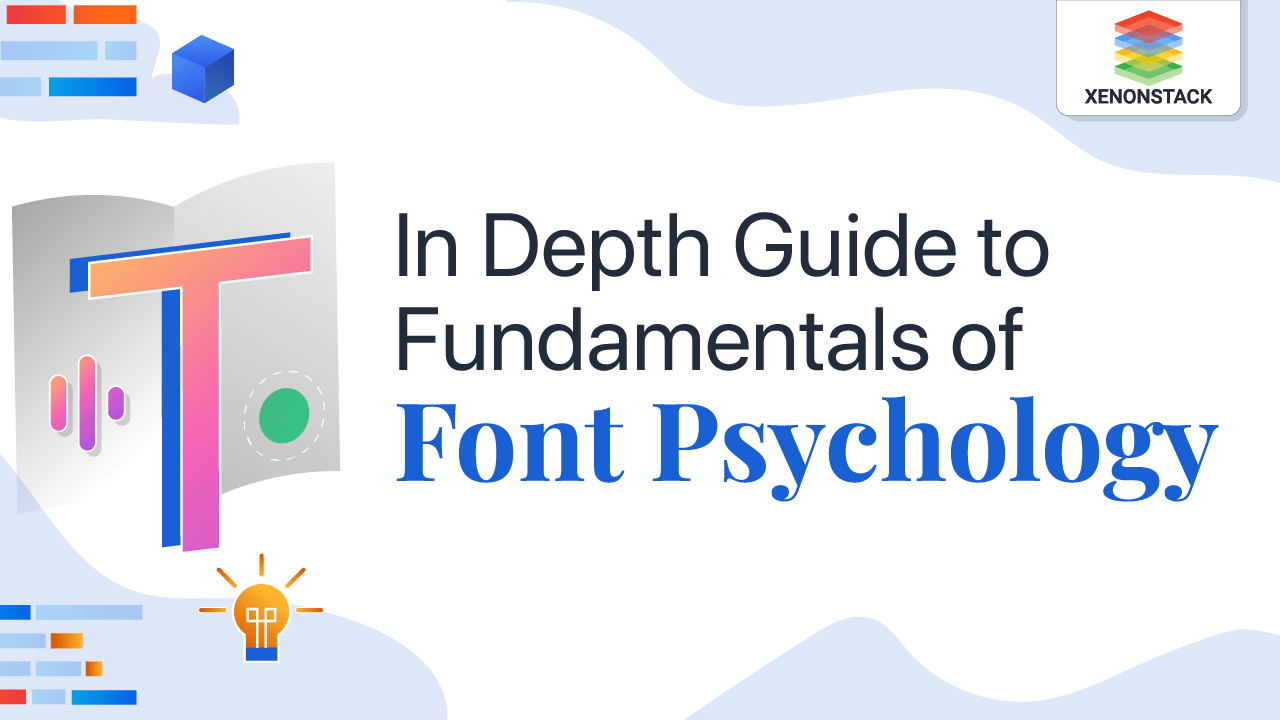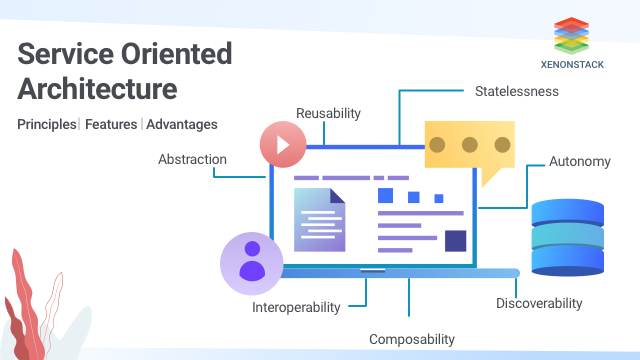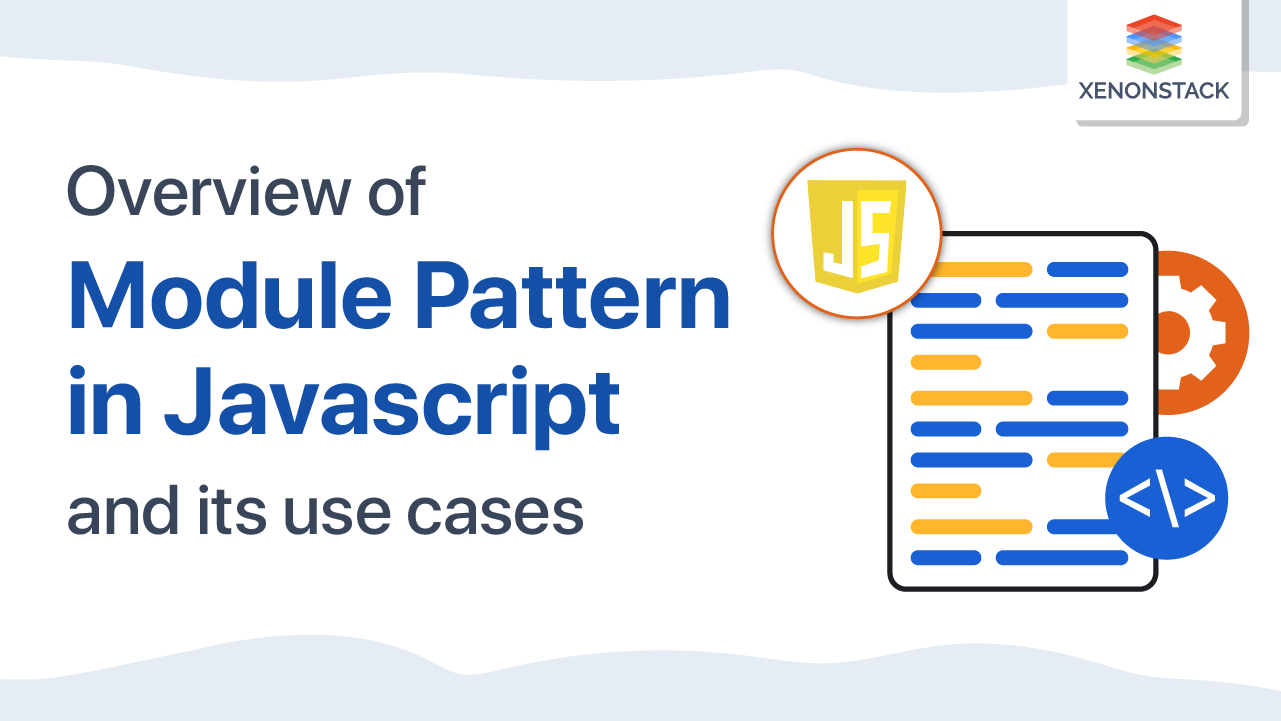
We see millions of fonts every day, from the news we read to the ads we encounter on our way to work. Those that succeed stay with us, while those that fail to achieve their intended impact indicate a flaw in interaction design—something isn't performing as it should. This principle extends beyond traditional design into conversational user interfaces, where typography influences readability and engagement.
What is Font Psychology? Understanding Typeface Perception
The theory used in psychology to explain how others perceive typefaces is the Kolenda typeface model, a key concept in font theory. This model serves as a step-by-step guide on how we interpret written text and the associations we make with it. When users encounter a font, they unconsciously connect it with specific attributes.
For example, Times New Roman is widely used across Website Page Structure and printed materials due to its legibility and clarity. If a user is uncertain about the best font for medical documents or formal content, Times New Roman remains a reliable choice—an essential consideration in Principles of User Interface Design.
Font Theory: The Science Behind Typeface Selection
Font theory explores the psychological and functional impact of typefaces, shaping how users perceive and interact with text. Choosing the right font involves more than aesthetics—it affects readability, brand identity, and user engagement.
Key Factors in Font selection
-
Legibility & Readability – Ensuring text is clear and easy to process.
-
Emotional Impact – Fonts evoke specific feelings; for example, serif fonts convey tradition, while sans-serif feels modern.
-
Brand Consistency – Aligning typography with a company's identity for recognition and trust.
CSS font size adjusts all the measurement units in which font sizes are present, like rem, em, px and viewport units. Click to explore about our, CSS Size Adjust for Font Face
What is Typography and its Key Principles?
Before delving deeper into typefaces and their psychological impact, understanding the fundamentals of typography is essential. Typography, a core aspect of font theory, is the art of arranging text in a visually appealing manner, influencing readability and user experience. This extends to conversational user interface tools, where font selection plays a crucial role in delivering clear, engaging interactions. Adjusting spacing, font weight, and letter case impacts perception—key factors that user interface testing tools assess to optimize user experiences.
Shape and Color Psychology in Typography and Design
Understanding the psychology of shapes and colors is essential in Interaction Design. Morphological psychology examines geometric forms and their emotional impact on viewers, which also applies to fonts as they contain geometric elements. In conversational user interfaces, rounded fonts create a relaxed feel, while sharp lines convey authority.
Color psychology also affects human moods, as different hues evoke varying emotions. User interface testing tools help designers assess how font shapes and colors influence perception, ensuring consistency in Website Page Structure and overall conversational user interface tools. With the right cultural context, these elements shape the intended mood and user experience, reinforcing the principles of font theory.
Typography is a thoughtful process and needs intense analysis for understanding and implementation. Click to explore about our, Fluid Typography Best Practices and Benefits
Why Use Font Psychology? Benefits for Brand Identity
Behind biblical psychology is the power that drives decisions and goals. Being open to understanding how people respond to typefaces means that you can influence how your audience perceives your designs and business.
When we design something, we have the end goal in mind. One of the essential tools in your design toolkit is the ability to choose fonts that inspire and enhance your message and help you achieve the goals you're trying to achieve.
If you're designing for a flash sale, using the proper signage font will encourage consumers to buy rather than browse. The perfect combination of fonts for your social media posts increases the likelihood that consumers will return and stay engaged with your content. When you create excitement, confidence, and anticipation, people will be excited to engage with you and purchase from you.
Types of Fonts and Their Psychological Meaning
There are six font styles, each with a different character, from profound tradition to bold confidence. Look at each typeface to understand how and what it communicates.
Serif Fonts
We've all used serif fonts at some point. They are considered one of the most traditional font choices. They are most commonly used to create a classic, traditional and stable look. This font is perfect for brands and businesses that want to make an established impression or inspire trust and respect.
Companies most likely to use serif fonts include law firms, insurance companies, and consultants. It is also helpful for businesses wishing to convey knowledge and authority on a subject and design more formal situations.
Slab Serif Fonts
A clean, crisp, modern sans-serif font that is minimalist and appealing. These fonts embody a straightforward, no-nonsense attitude, but they also feel progressive and open. No extra decoration to distract the eye. Sans serif takes a simple but effective approach.
There is a clear break with tradition here, a psychological link between adventure and modernity. This clean, simple look is the font used by tech companies (think Google's logo switching from serif to sans serif in 2015) and brands that pride themselves on being forward-thinking and modern—often seen in Check out Arial, Century Gothic, and Helvetica for classic examples.
A scalable frontend includes small, maintainable, independent, and customizable components that can be served independently. Click to explore about our, Scalable Frontend Project Principles
Script Fonts
Script Fonts evoke femininity and elegance, and handwritten elements inspire creativity. Fun and romantic, they mimic handwriting and graffiti shapes.
Script fonts are most likely to inspire other creative ideas rich in emotion and history. While they fit perfectly with your visual branding, they should be used sparingly and with caution, as overusing them can make text difficult to read due to their brilliant nature. Lucida Script, Lobster, and Zapfino are well-known fonts.
Modern Fonts
A modern font is a style that is modern, contemporary, new, and different from past fonts. They take on a more futuristic look but are rooted in his 18th-century history, first printed in 1784 by typographer Firmin Didot. Modern fonts are practical and playful, alternating thick and thin strokes for legibility.
Display fonts
Display fonts are often used for large-format media such as billboards, headlines, and book covers. There are serifs, slab serifs, and sans serifs. It can also have a unique and decorative style. Fresh and innovative, these fonts are only used for flashy headlines but can contain pictorial elements.
When using a display font, its style affects what viewers associate with that font.
Display fonts can generally evoke a more casual, fun, or unique look and feel. The biggest plus is that you can customize the font to fit your personality perfectly. This is great for any type of business. Look at Bombing, Gigi, and Jokerman as examples of this.
A graphical process that hides parts of an object or element partially or completely. Click to explore about our, CSS Mask and Clip-path property Effect on Images
Core of Font Psychology: Visual and Emotional Impact
At its core, the psychology of fonts is the visual and emotional response to the fonts you see. According to Albert Mehrabian's rules of personal communication, 93% of personal connections are non-verbal, meaning ideas and values should be communicated as simply as possible. What we see affects our thoughts, feelings, and actions in many ways.
Next Steps in Applying Font Psychology for Better Design
Talk to our experts about implementing Font Psychology and Typography. Learn how industries and different departments use typographic principles and font theory to enhance communication and decision-making while optimizing efficiency and responsiveness.


